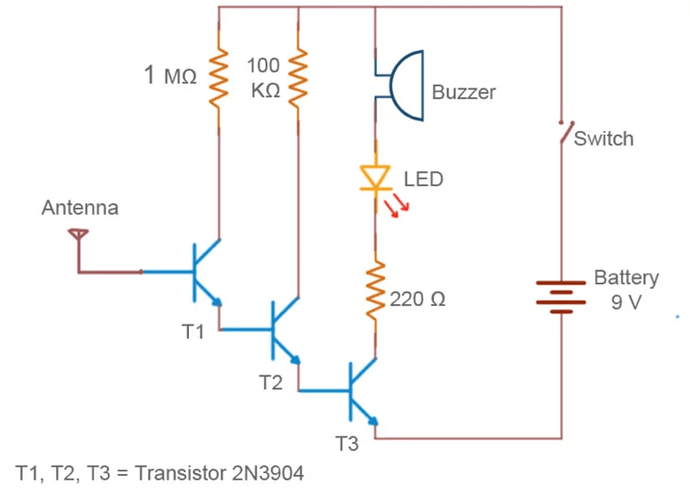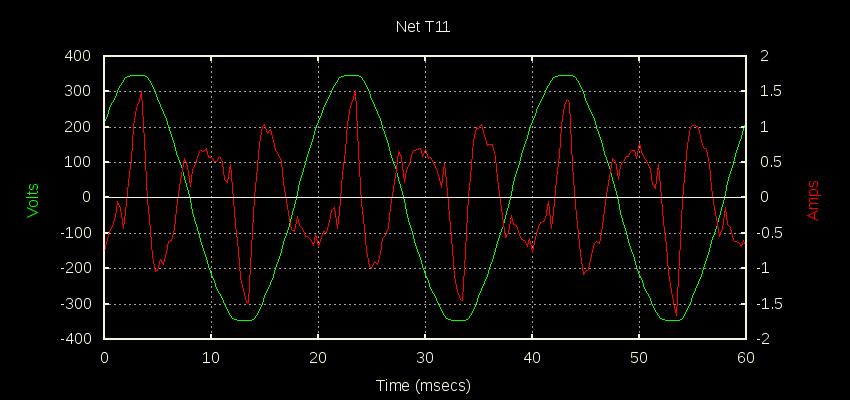Good morning everybody,
I’ve gone and done something that I probably should have published, since it worked so darned well, and that is, two current transformers on a US split phase system, summed in “hardware” , properly burdened and going straight in to an ESP8266’s analog input, and posting directly to my emonPi. It worked fabulously for about 3 years now, with the only thing being my squirreley implementation of wifi on-boarding and setup, but that’s another problem easily solved by today’s great libraries.
So here’s my issue now. I’ve added solar, so I need voltage sensing to tell which direction the power is flowing! Simple? Well the ESP only has one analog input. Sure, I could multiplex it and voltage divide a transformer, etc etc, but that needs more chips, etc, and also requires more tapping in to my box and live conductors. So here’s an idea…
Capacitively couple a GPIO to the AC line to sense the voltage, only for the purpose of determining the direction of flow of power.
This is one of dozens of circuits on the interwebs, and this could easily be adapted to use on a micro-controller.
Obviously, I won’t have any of the fancy real power, apparent power, power factor, and actual voltage sensing readings, but I WOULD have a non-contact way to measure the voltage. The idea is that I can read the GPIO that the detection circuit is on, and if it’s high (because naturally, it’s only going to turn on when the polarity is one certain way) then it’s considered in phase, and current is flowing in one direction. If it’s anti-phase, then it’s obviously flowing the other direction.
The whole idea of just wrapping a little insulated “antenna” wire around the input to the power supply makes me giddy.
What do other people think about this?




